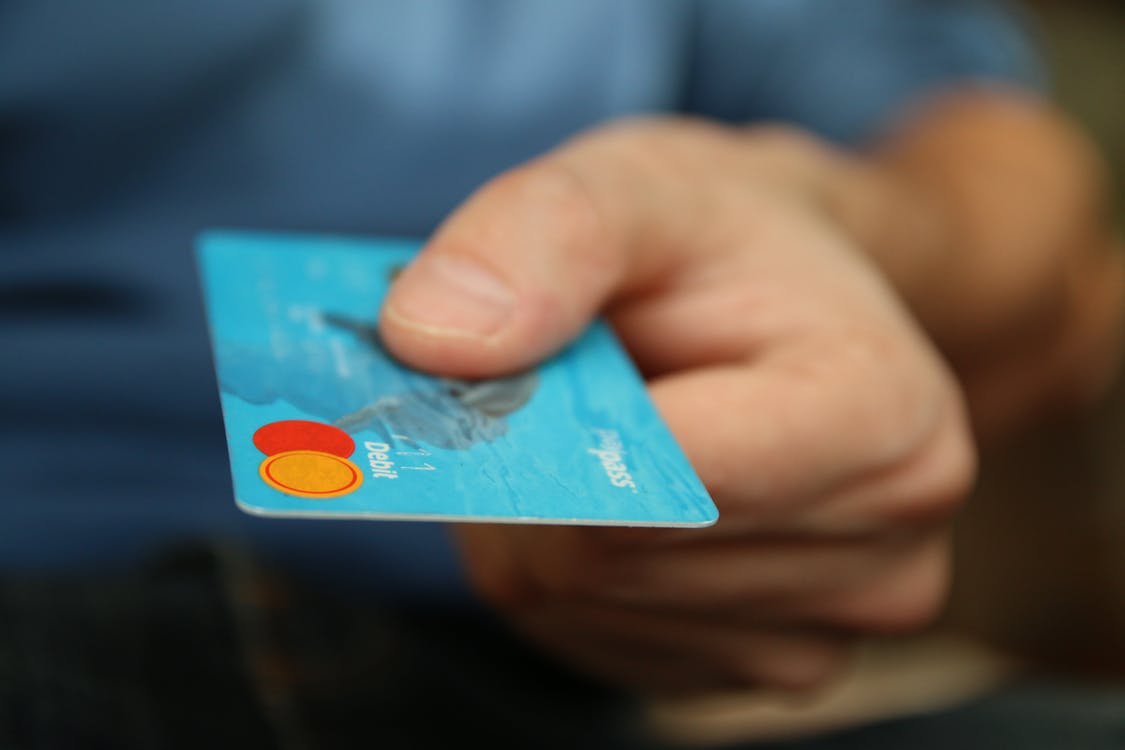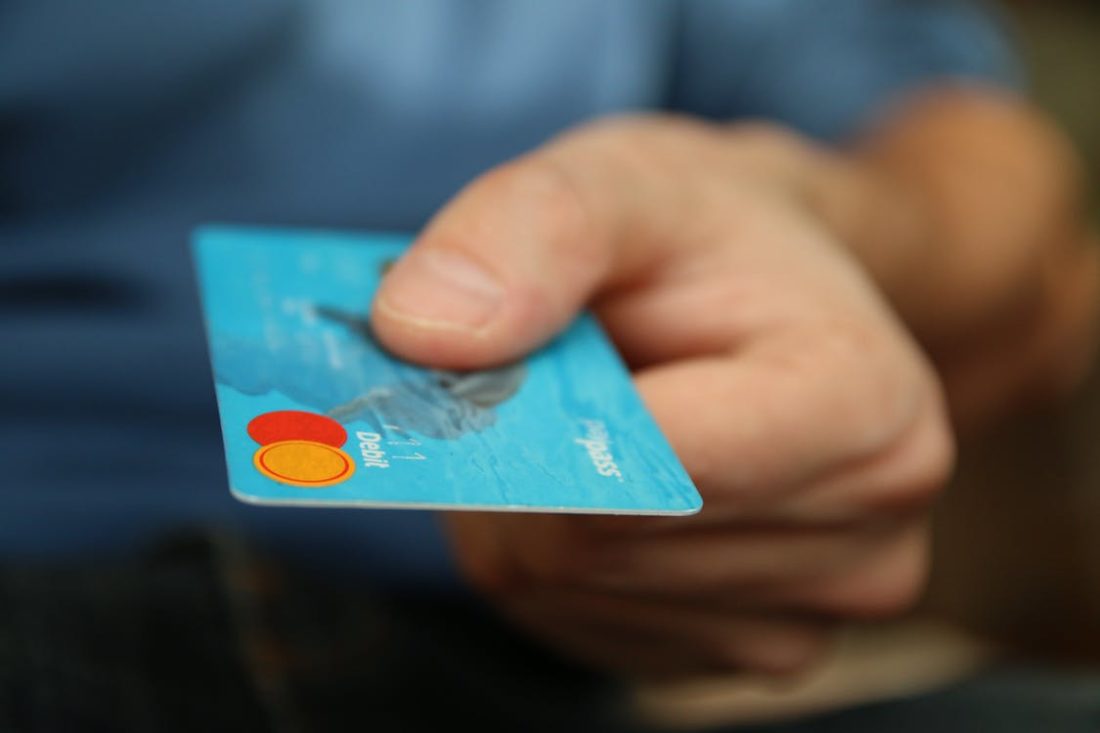
The economy has slowly improved since the 2008 recession, but the debt toll has kept pace. Americans are financially drowning, and from all angles.
According to a recent report by NerdWallet, the average American household carries $15,654 in credit card debt. Overall household debt has reached $131,431, which is driven up by those with mortgages, but still include student loans, car payments, and credit card balances.
All this debt begs the question: why don’t more people take advantage of debt relief assistance?
Let’s dig into this issue a bit more below.
They Have Decision Paralysis
Being in debt is an overwhelming feeling. It consumes all facets of life. From the daily late notices in the mail to phone calls from creditors, the feelings can be debilitating. In response, some people throw up their hands and accept their debt for life, never attempting to make actionable strides to conquering it.
They’re Skeptical Debt Relief Can Help
When people are interested in getting assistance, knowing which company or service to turn to can be confusing. While companies certainly have garnered positive debt relief reviews and helped countless customers dig themselves out of debt, a stigma still exists. The important thing to remember with any debt relief company is that they don’t offer a one-size-fits-all solution. However, they do offer financial guidance and free quotes, so it’s worthwhile to consult them and see if your debt situation can be relieved.
Not Everyone’s Eligible
Debt relief companies have different debt thresholds that determine whether they’ll attempt to settle your debt. For example, the debt minimum for Freedom Debt Relief is $7,500 whereas other organizations may have a $15,000 debt floor. Every debt relief company will have a different minimum. The takeaway here is that if you don’t have a certain amount of debt, then debt relief or settlement probably isn’t in your best interest. Rather, some lifestyle changes and a leaner budget are what you need.
Afraid of the Fees
Yes, debt relief companies do charge fees for their service of negotiating much lower debt totals for you to pay. It’s completely reasonable to be worried about paying fees on top of your debt. Therefore, it’s important to vet your providers. The typical ballpark for debt relief fees go as low as 15 percent and as high as 25 percent of your overall debt sum. Many providers claim that, after fees, you could be paying at most 85 percent of your original debt. What’s 15 percent of $20,000? Saving $3,000 through a debt relief company is huge. That amount right there could be the start to a nest egg and getting back on your feet.
Worried About Damaging Credit
Opting for debt relief, like most variations of debt forgiveness, could damage your credit. Many people let this fact dissuade them from going forward with solving their debt. There’s just one issue with that. If you’re so behind that you can’t afford to keep making payments on your debt, you’re damaging your credit with each passing due date that isn’t paid. While seeking debt relief could further hurt your credit score, it’s the only way to start fresh, and someday achieve financial independence.
What to Look for in a Good Debt Relief Partner
Debt relief providers are quite common. To avoid partnering with a company that doesn’t have your best interest at heart, it’s important to set some criteria for them to meet. What amount of debt do you have? Does it meet the minimum threshold? What’s the highest percentage fee you’re willing to pay to have that debt negotiated down? Once you’ve narrowed your search down to a few providers, check out their reviews, whether they operate in your state, their years of experience, and look into other programs they may offer, such as resources to help you manage your debt even after you complete their program.
Bad debt is one of the most stressful things one can experience in life, but it’s not the dead end it feels like. Through small, consistent actionable steps, you can beat debt and soon enough be on track to live your best financial life.
